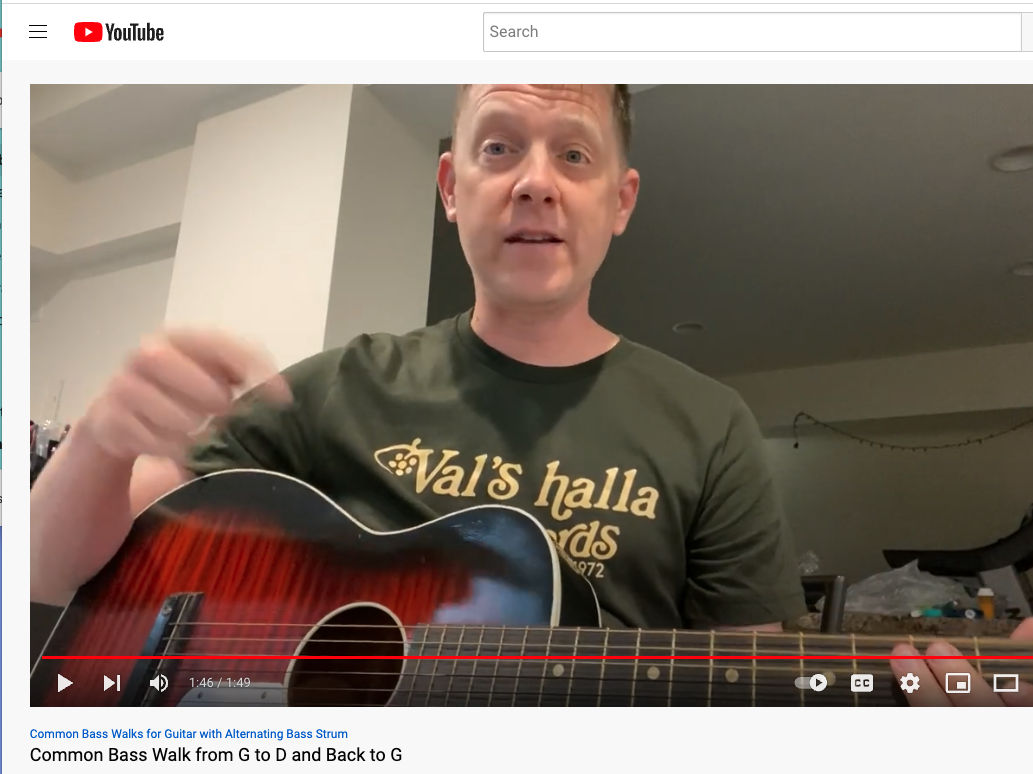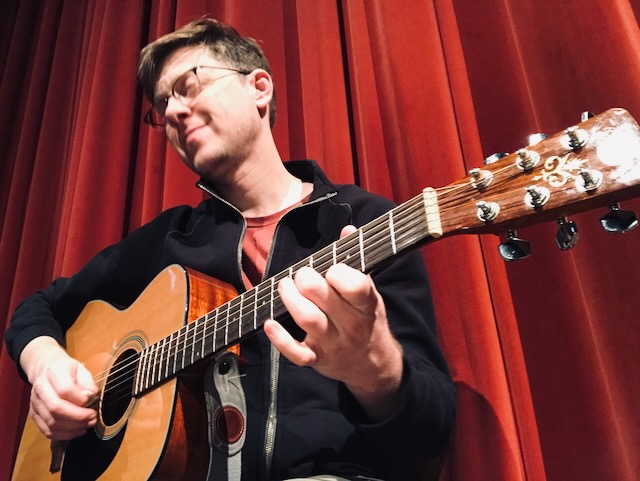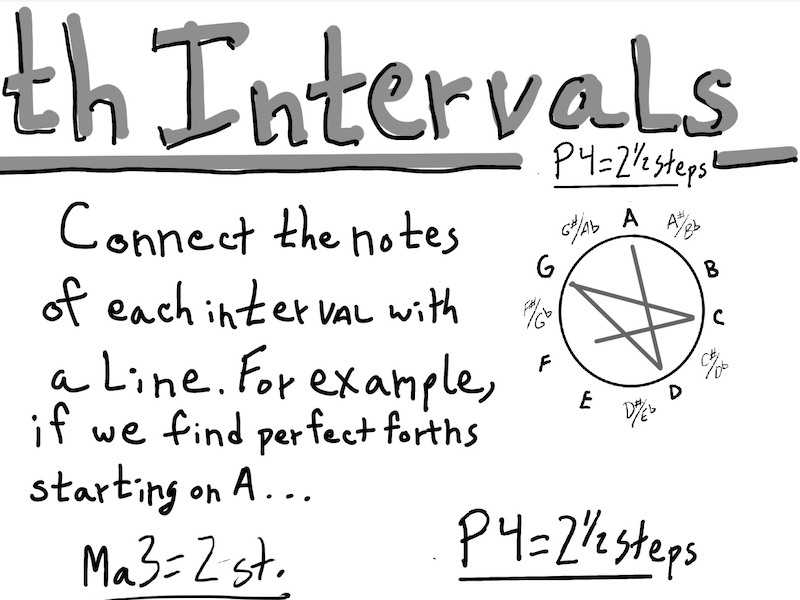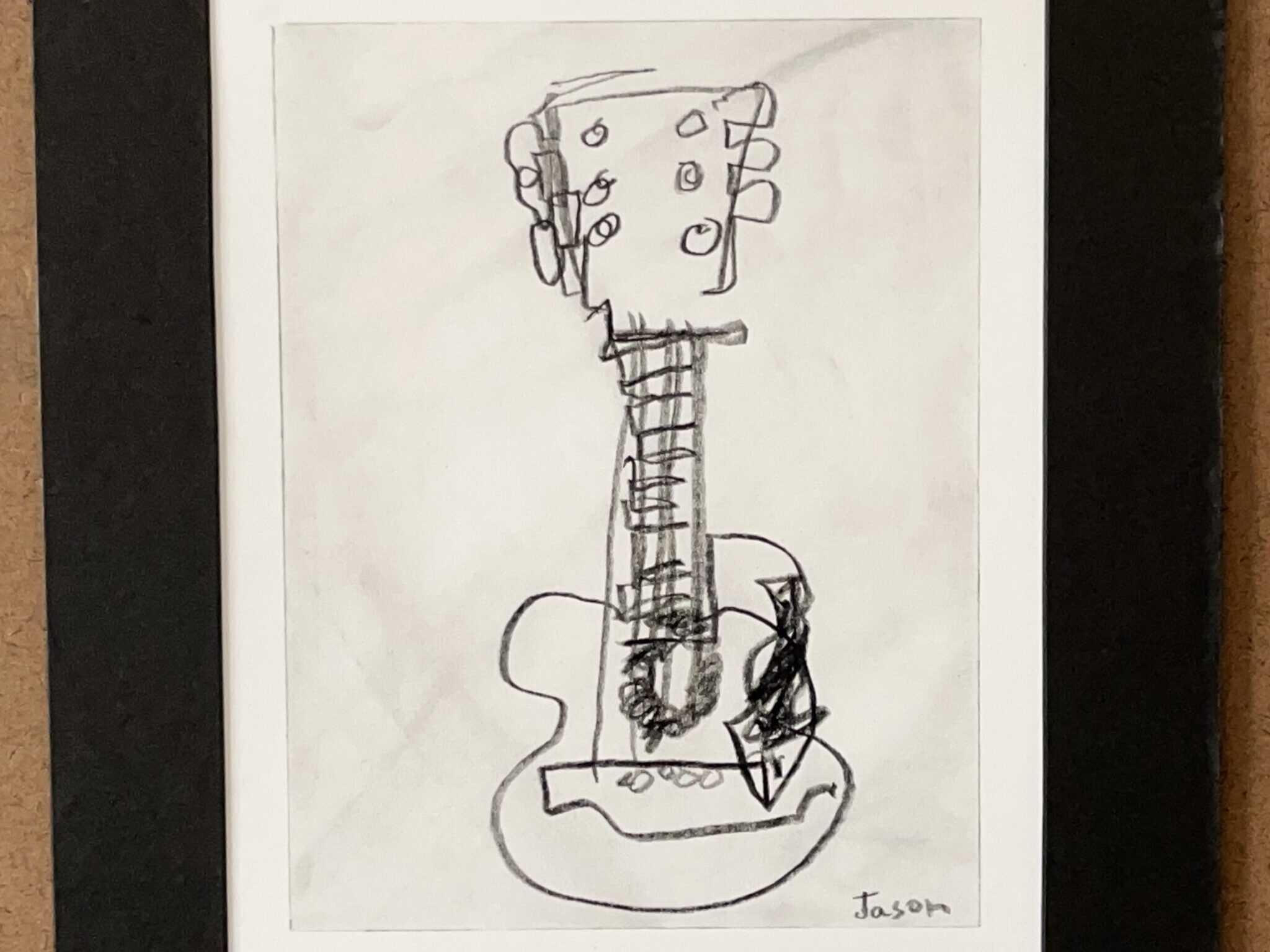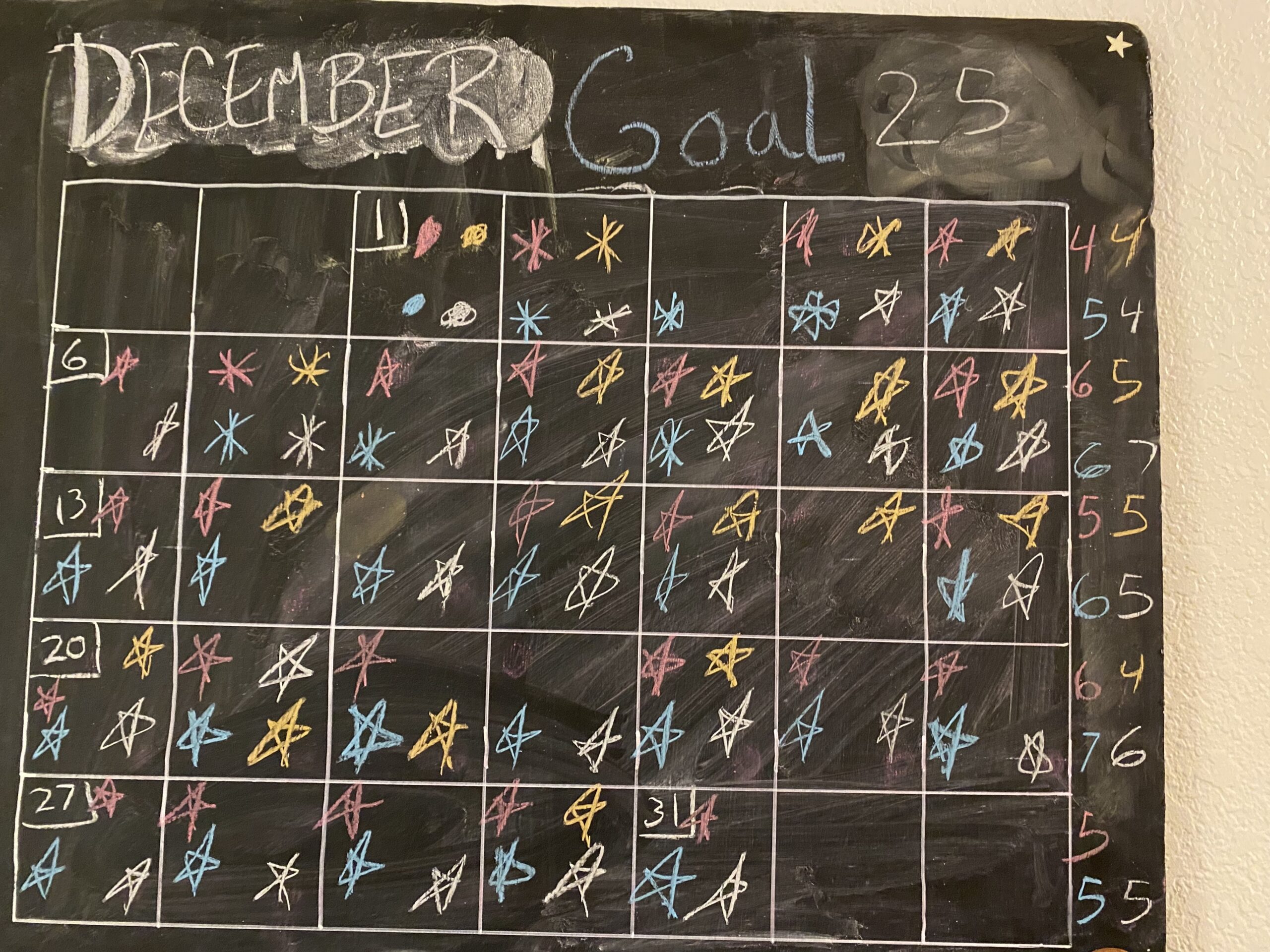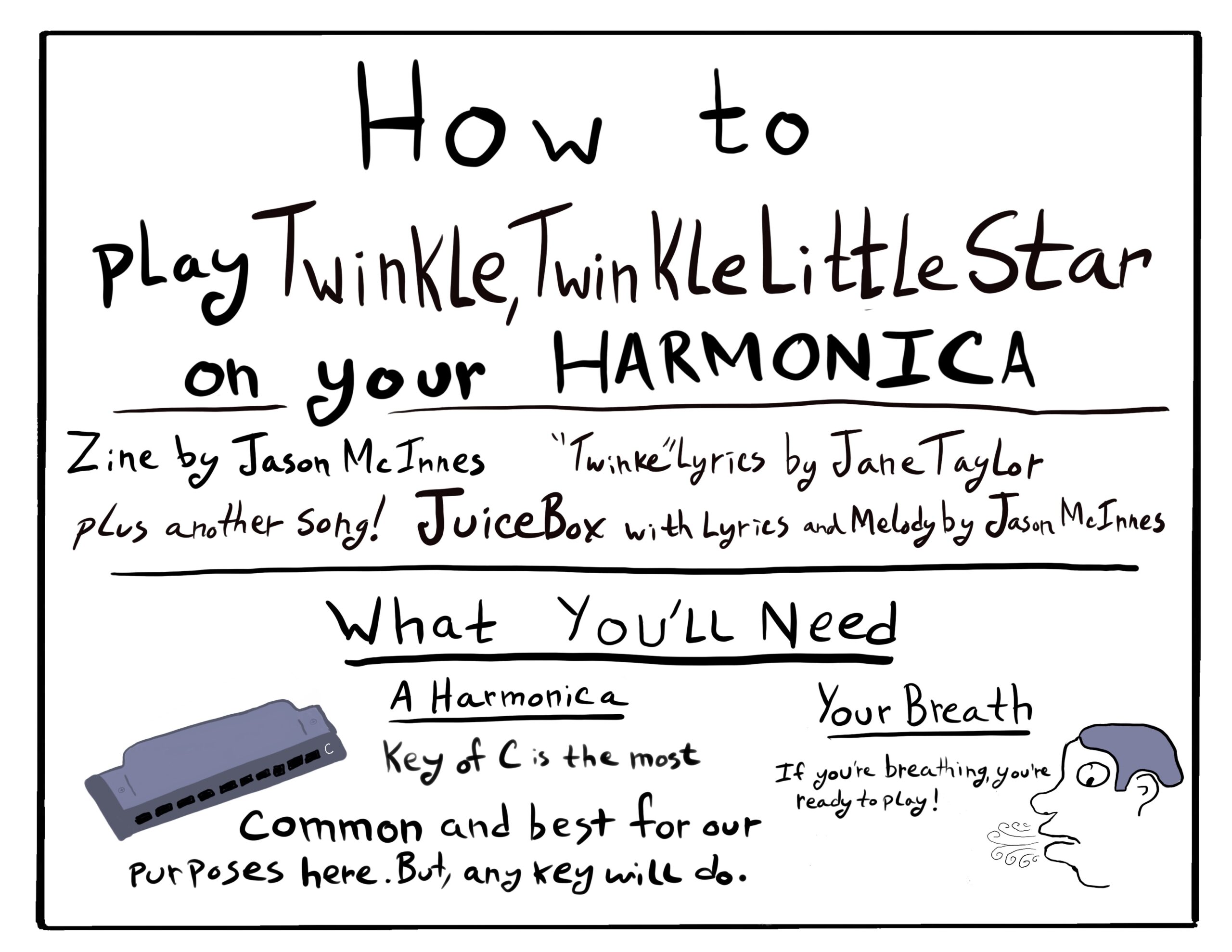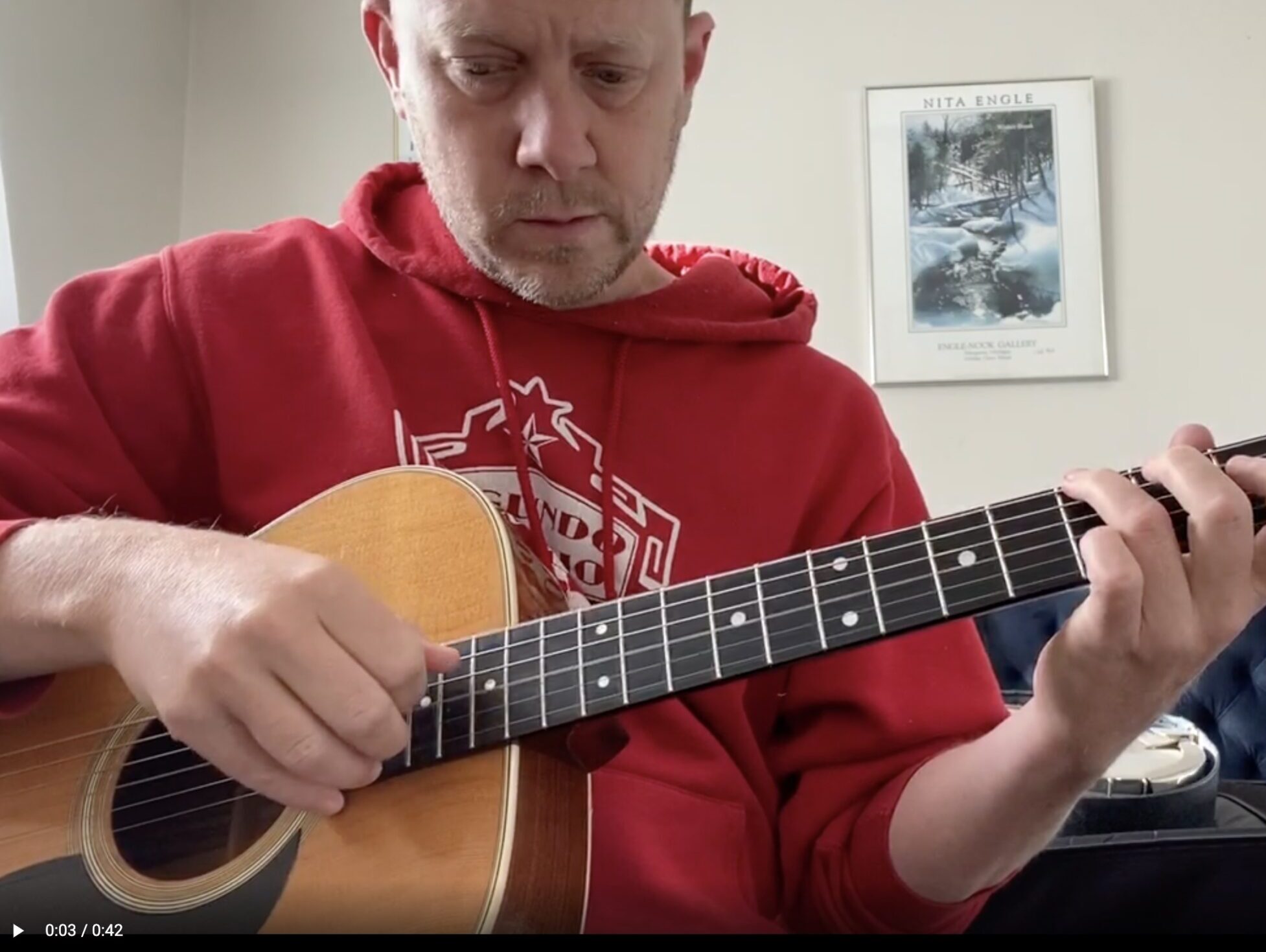This is the continuation of some thoughts I’ve been thinking and discussions I’ve been having around the idea of talent. As a guitar teacher, I spend a great deal of lesson time on the mechanics of playing the guitar. The sounds that musicians are able to achieve from the guitar are wildly varied, and it can take some work for students to expand their physical habits to allow for those sounds to be achieved. In my limited time as an art student, there hasn’t been much talk of the physical movements needed to achieve my goals. It really caught my attention when my art teacher mentioned an exercise a teacher had her perform in art school where they had to draw circles on a piece of news print. I took some time this morning to try it out. I stood arms length away from the paper and just drew circles. The first one is one that I unconsciously “completed”. I drew to the counterclockwise to make the first half and then started again and completed it at the top. The rest are made with one continuous movement; standing an arm’s length away from the paper. Some things I noticed: Starting at the top and drawing counterclockwise, the charcoal slid right along the page. But, when I needed to swing up to complete the circle, my arm had a much more difficult time controlling the line. Instead of being loose, the line would skip. As my arm tensed to gain control, the line would become too shallow or to wide. I started to close my eyes. This is something that I know from guitar playing. We, as musicians, can play a lot more accurately than we might think with our eyes closed. Sometimes, we’re even better with our eyes closed. I closed my eyes and got a picture of the circle I wanted to draw in my mind, and then I’d draw it. If completing the circle was the goal, I was MUCH more accurate than I thought I would be. If I drew counterclockwise with my eyes closed, I was able to complete the circle almost every time. If I drew clockwise with my eyes closed, it was much more challenging. I almost never completed a circle. On drawing clockwise – I thought it was very interesting that I had to be very, very deliberate if I wanted to draw clockwise. Many times I’d think, “OK. I’m going to draw this one clockwise.” But, then I’d put the charcoal down and end up drawing counterclockwise. This happened several times in a row. I realized that I had to be much, much more deliberate if I wanted to draw counterclockwise. What do you think? Do people have a talent for drawing circles? How good do you think one could become as a circle drawer? Do you like them? Are the completed circles the only ones that you like?
